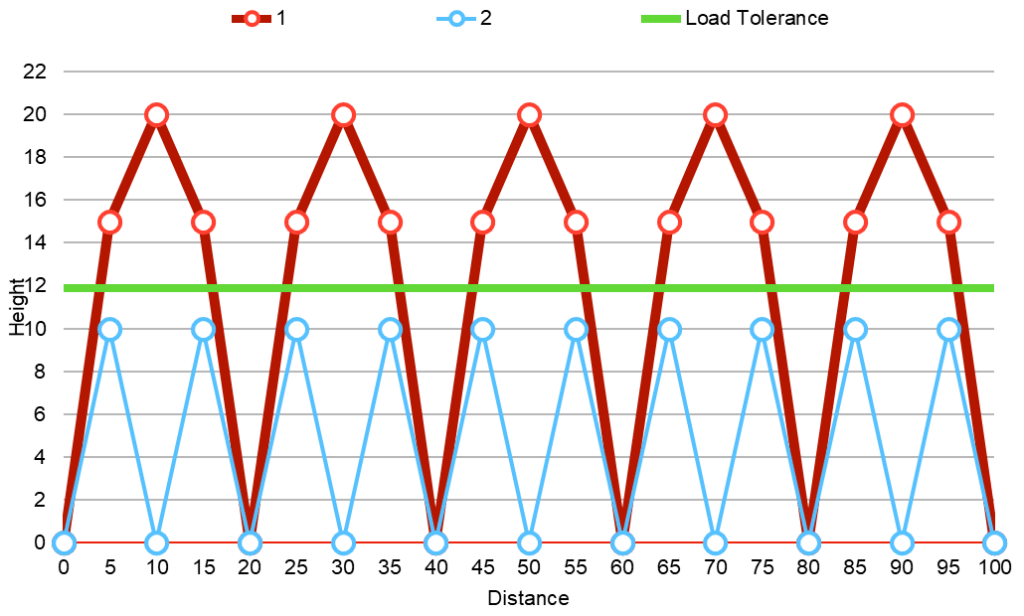
As runners, we track distance and pace once we stop the watch and compare week on week, month on month, and year on year (thank you Strava!). But, is that enough to stay injury-free? Not all miles are equal, as factors such as height, body mass, stride length, and cadence (how many steps taken in a minute), and how intense the session was, all influence the effect on your body. For example, if you are much shorter than your running buddy and both run the same distance in the same time, it is likely that you may have run hundreds of more steps than your training partner and may have worked much harder resulting in greater demands on your body. Understanding your step rate is therefore key to effective monitoring of load.
When we are considering injury risk, cadence is one of the first things we look at in our Physiofit running analysis. Clive Riley, one of the Physiofit running team explains why “The reason it is important is best explained through an analogy. Imagine two people set out to use a pogo stick to cross a football pitch in one minute:
Person 1: Aims to achieve it in 5 jumps
Person 2: Aims to achieve it in 10 jumps”
“In the first example, person 1 will take a big effort to jump 5 times landing each time with a big bang (heavy load) and staying in contact with the ground longer. In the second example, person 2 will jump twice as many times and the jumps will not be as far …. but they won’t be near as demanding on the body resulting in less time on the ground and lower load”
Our tendons, muscles, and joints have a load tolerance, above which we are at risk of injury. One way to stay injury-free is to try to stay below this threshold and this can be achieved by increasing your cadence to reduce the peak load. A good cadence is said to be around 180 steps a minute, but this does vary across individuals and over the duration of a run, even in elite runners
It is hard to measure your cadence without help and probably the best method is to use a Garmin/Sunnuto/Polar smartwatch which can be set up to measure your cadence in real-time and give you prompts to increase or decrease your step rate as you run. Runzi on android phones and RunTempo on Apple phones can also be set to your preferred cadence. Downloading a simple metronome on your phone can help you stay on track but can be a little monotonous so listening to music can be more fun. However, have you ever tried to dance slowly to a fast tune or dance fast to a slow tune? It is not easy. Be careful therefore not to run to music that has a different rhythm than you want your cadence to be. Apps like Spotify and Audiostep will curate a playlist of your music to hit the right beat.
If your step rate is lower than around 165 and you struggle with niggles or injuries, you should aim to gradually increase it, but as with everything by no more than 10% per week. It may feel a little choppy initially because the stride will shorten but within a couple of weeks, it will start to feel more normal. Changing your cadence will place new demands on different muscle groups so make sure you incorporate some strength work too.
If you have any questions and would like us to help you further understand how you might run further and faster without pain, call us on 01625 590444
In Part 2 of this blog, we will explain how important monitoring how hard the run is and how it varies from day to day.